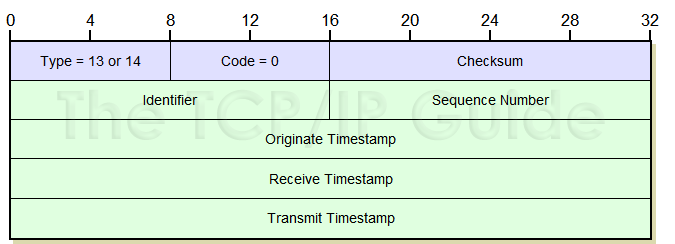 |
|
Please Whitelist This Site?
I know everyone hates ads. But please understand that I am providing premium content for free that takes hundreds of hours of time to research and write. I don't want to go to a pay-only model like some sites, but when more and more people block ads, I end up working for free. And I have a family to support, just like you. :)
If you like The TCP/IP Guide, please consider the download version. It's priced very economically and you can read all of it in a convenient format without ads.
If you want to use this site for free, I'd be grateful if you could add the site to the whitelist for Adblock. To do so, just open the Adblock menu and select "Disable on tcpipguide.com". Or go to the Tools menu and select "Adblock Plus Preferences...". Then click "Add Filter..." at the bottom, and add this string: "@@||tcpipguide.com^$document". Then just click OK.
Thanks for your understanding!
Sincerely, Charles Kozierok
Author and Publisher, The TCP/IP Guide
|
|
|

Custom Search
|
|
ICMPv4 Timestamp (Request) and Timestamp Reply Messages
(Page 2 of 3)
ICMPv4 Timestamp and Timestamp Reply Message Format
The ICMPv4 Timestamp and Timestamp Reply messages have the same format. The originating device fills in some of the fields, and the replying device others. The format is as shown in Table 97 and Figure 147.
Field Name |
Size (bytes) |
Description |
Type |
1 |
Type: Identifies the ICMP message type. For Timestamp messages the value is 13; for Timestamp Reply messages the value is 14. |
Code |
1 |
Code: Not used for Timestamp and Timestamp Reply messages; set to 0. |
Checksum |
2 |
Checksum: 16-bit checksum field for the ICMP header, as described in the topic on the ICMP common message format. |
Identifier |
2 |
Identifier: An identification field that can be used to help in matching Timestamp and Timestamp Reply messages. |
Sequence Number |
2 |
Sequence Number: A sequence number to help in matching Timestamp and Timestamp Reply messages. |
Originate Timestamp |
4 |
Originate Timestamp: A time value filled in by the originating device just before sending the Timestamp message. |
Receive Timestamp |
4 |
Receive Timestamp: A time value filled in by the responding device just as it receives the Timestamp message. |
Transmit Timestamp |
4 |
Transmit Timestamp: A time value filled in by the responding device just before sending back the Timestamp Reply message. |
|
The Identifier and Sequence Number fields are used to match Timestamp and Timestamp Reply messages, exactly as they were used for Echo and Echo Reply messages. The Identifier field is intended as a higher-level label, like a session identifier, while the Sequence Number is often used to identify individual messages within a series. However, the use of these fields is up to the particular implementation.
All three timestamps are represented as the number of milliseconds since midnight, Universal Time (UT, also called Greenwich Mean Time or GMT). The reason there are three timestamps instead of the two you might ordinarily expect, is that a separate timestamp is recorded by the responding device both when it receives the Timestamp message and when it generates the Timestamp Reply. When the Reply is received back by the originating device, it then has the times that both the Timestamp and the Timestamp Reply were sent. This allows the originating device to differentiate between the time required for transmitting datagrams over the network, and the time for the other device to process the Timestamp and turn it into a Timestamp Reply.
|
| |||||||||||||||||||
Home - Table Of Contents - Contact Us
The TCP/IP Guide (http://www.TCPIPGuide.com)
Version 3.0 - Version Date: September 20, 2005
© Copyright 2001-2005 Charles M. Kozierok. All Rights Reserved.
Not responsible for any loss resulting from the use of this site.







